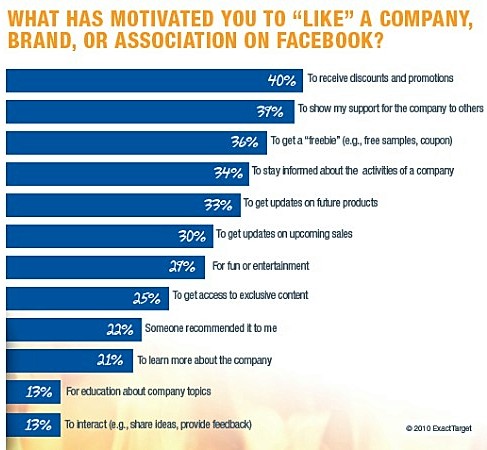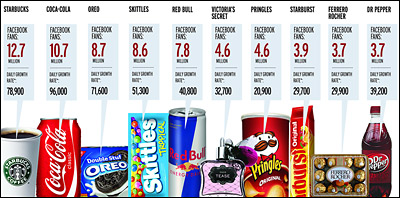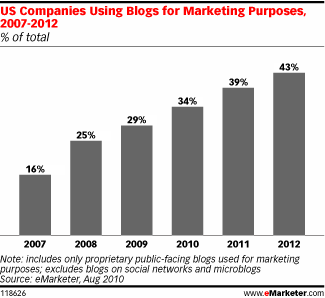News Update – Best of the Day
 Every marketer is looking for the key to Facebook success. A study by Vitrue, a social media marketing agency, reveales a secret… which is not a secret in my eyes anymore. As we know it from the email marketing era: Couponing and savings are driving engagement. Images and photos outperformed video and text by 22% and 54% in terms of engagement. Text received 63% more engagement than video when it came to Vitrue’s consumer packaged goods (CPG) brands. On quick serve restaurant (QSR) brands images got 136% more engagement than video and 182% more than text.
Every marketer is looking for the key to Facebook success. A study by Vitrue, a social media marketing agency, reveales a secret… which is not a secret in my eyes anymore. As we know it from the email marketing era: Couponing and savings are driving engagement. Images and photos outperformed video and text by 22% and 54% in terms of engagement. Text received 63% more engagement than video when it came to Vitrue’s consumer packaged goods (CPG) brands. On quick serve restaurant (QSR) brands images got 136% more engagement than video and 182% more than text.
How are books looking like in the future? This is defintely a neat idea on how the future of massive text work could be looking like…
The Future of the Book. from IDEO on Vimeo.
Social Media is about fans. Football as well. Just look at the power of fans in the stadium. Not virtual! Real! In paper and print!








